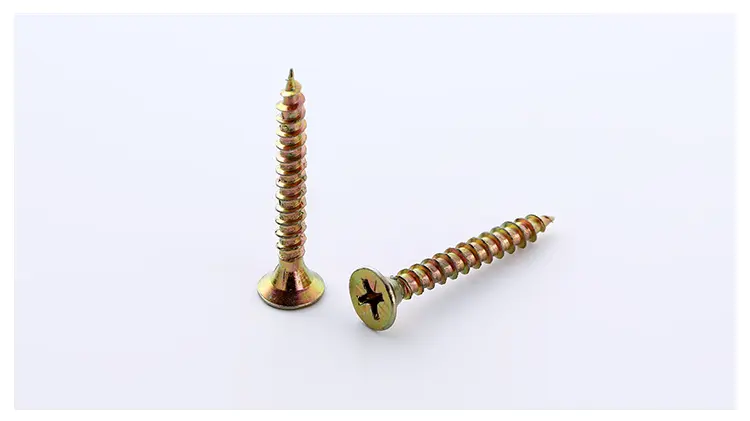Choosing Between Nails and Screws for Drywall Installation Techniques and Best Practices
Nail or Screw for Drywall A Comprehensive Guide
When it comes to hanging drywall, one of the most frequently debated questions among DIY enthusiasts and professionals alike is whether to use nails or screws. Each option has its advantages and disadvantages, and the choice often depends on the specific needs of a project. In this article, we will break down the pros and cons of both methods and provide guidance on which is best suited for particular applications.
Understanding Drywall
Drywall, also known as gypsum board or wallboard, is a building material made from gypsum plaster sandwiched between two sheets of heavy paper. It is widely used for interior walls and ceilings because it provides a smooth finish that can easily be painted or decorated. However, properly fastening drywall is crucial for ensuring stability and durability.
Using Nails
Nails have traditionally been used to attach drywall to wooden studs. Here are some advantages and disadvantages of using nails
Advantages
1. Speed of Installation Nails can be driven in quickly using a nail gun. This can considerably speed up the installation process, especially for larger projects. 2. Cost-Effective Nails are generally less expensive than screws, making them a suitable option for budget-conscious projects.
3. Less Likely to Strip When driving nails, there is less risk of stripping the fastener, a common issue with screws when they are over-torqued.
Disadvantages
1. Potential for Loosening Over time, nails can loosen, particularly in areas subject to vibration or structural movement. This might lead to cracking in the drywall.
3. Dents and Damage Using nails, especially larger ones, can create larger holes in the drywall, making it more challenging to finish with a clean surface.
Using Screws
nail or screw drywall

Screws have become the preferred choice among many professionals in the construction and remodeling industries. Let’s explore their pros and cons
Advantages
1. Superior Holding Power Screws create a stronger bond with the drywall and studs, which helps to prevent loosening over time. This is particularly important in high-traffic or problematic areas.
2. Less Risk of Cracking When installed properly, screws are less likely to cause the drywall to crack compared to nails.
3. Better for Finishing Screws create smaller holes than nails, making them easier to conceal during the finishing process.
Disadvantages
1. Time-Consuming Installation can take longer since screws need to be driven in with a drill or screwdriver, which is more labor-intensive than using a nail gun.
2. Stripping Issues If over-torqued, screws can strip the material they’re fastening to, weakening the hold.
3. Cost Screws are usually more expensive than nails, which can add up, especially for large projects.
When to Use Each
The choice between nails and screws often depends on the specific application. For quick projects or temporary installations, nails might be the most suitable choice. However, for long-lasting installations where durability is critical, screws are the better option.
In general, if you’re working with standard drywall installation on wooden studs, screws are typically preferred. For thicker drywall, or in situations where additional support is needed, screws provide the strength necessary.
Conclusion
Ultimately, whether you choose nails or screws for your drywall installation will depend on the specifics of your project, your budget, and your preferences. While nails can be faster and cheaper, screws generally offer better long-term performance and reliability. Take some time to assess your needs before making a decision, and you'll be better equipped to ensure a successful drywall installation. Remember, a well-fastened drywall is key to a quality finish and overall durability of your walls.
-
Top Choices for Plasterboard FixingNewsDec.26,2024
-
The Versatility of Specialty WashersNewsDec.26,2024
-
Secure Your ProjectsNewsDec.26,2024
-
Essential Screws for Chipboard Flooring ProjectsNewsDec.26,2024
-
Choosing the Right Drywall ScrewsNewsDec.26,2024
-
Black Phosphate Screws for Superior PerformanceNewsDec.26,2024
-
The Versatile Choice of Nylon Flat Washers for Your NeedsNewsDec.18,2024










